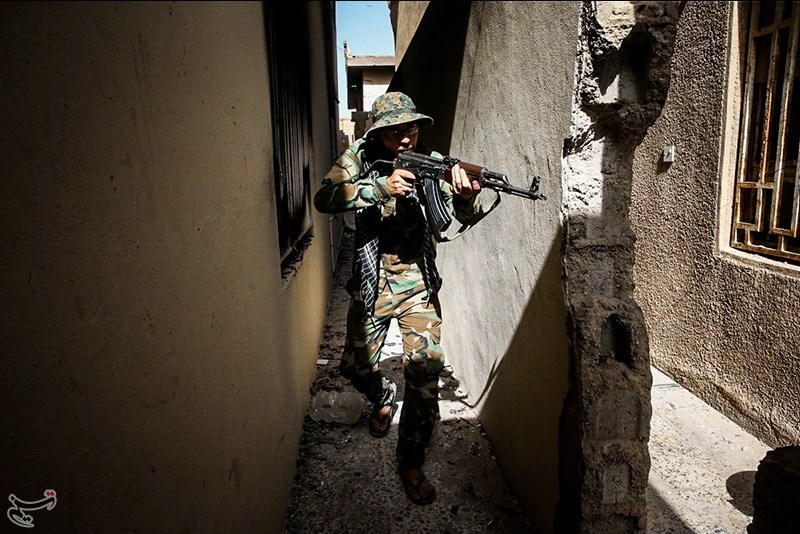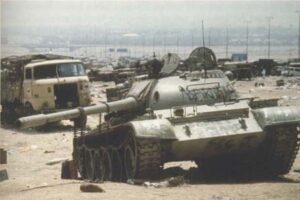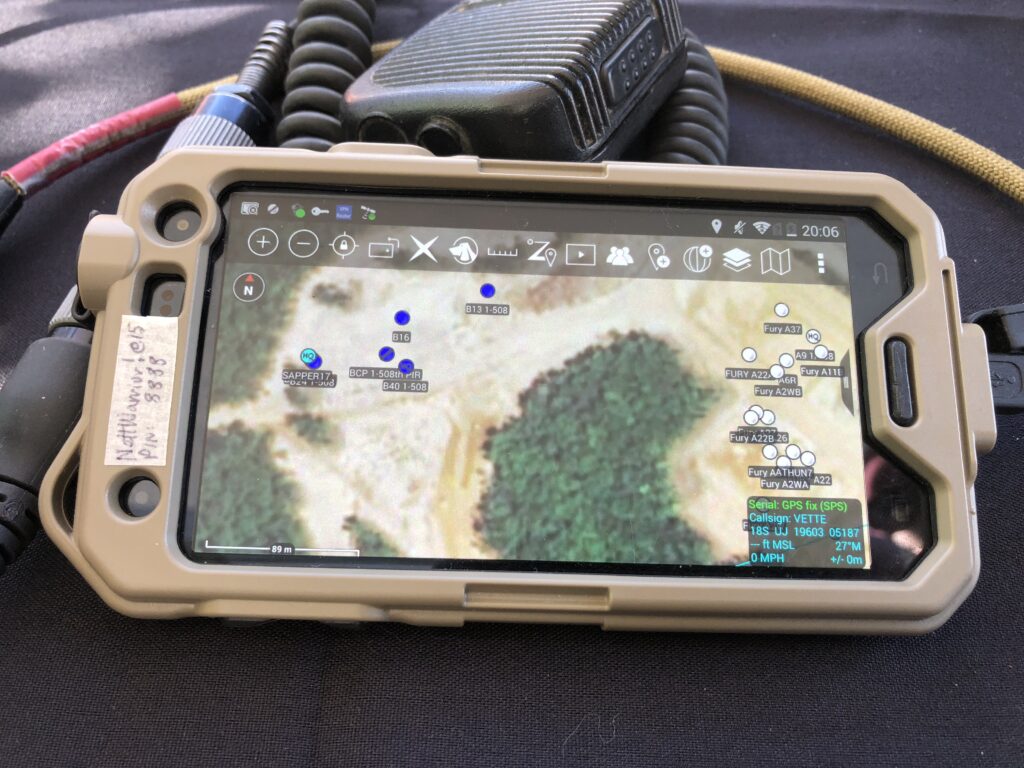By Vikram J. Singh
Every day, 15,000 U.S. forces deployed in Afghanistan fight Washington’s longest war. In 2018, their mission will cost Americans $45 billion in defense spending alone, almost enough to build U.S. President Donald Trump’s proposed border wall with Mexico twice. Trump, who had campaigned on getting the United States out of Afghanistan, was well positioned to change course. Instead, he sent more troops to pursue a military victory that will never come.







